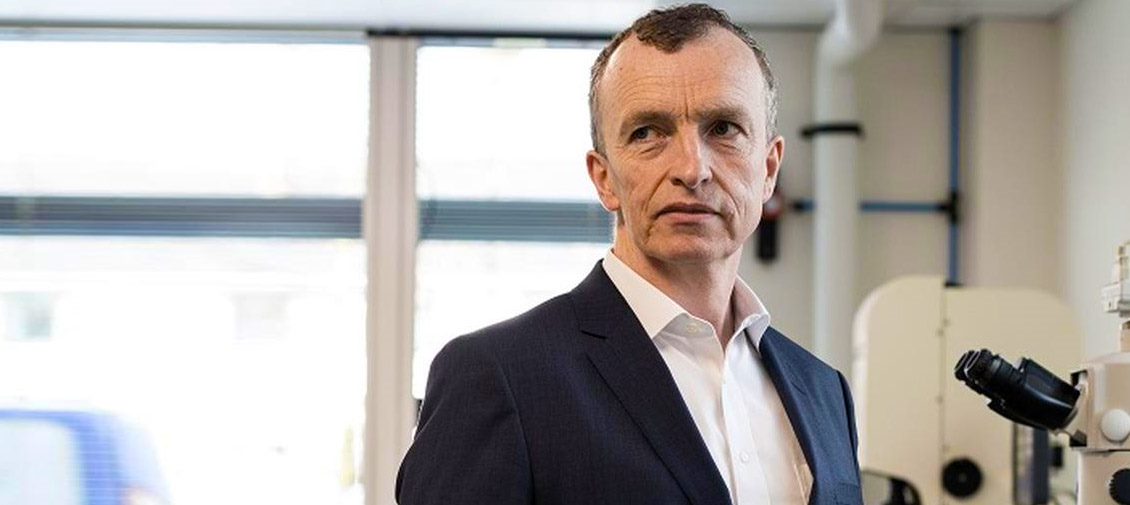
As we navigate the next phase of this pandemic – and future pandemics – we need to start a candid conversation around aerosol medication and drug delivery to address the misperceptions that are occurring.
Misperception: All aerosols are the same and can contain infectious material because COVID-19 is airborne.
Understandably, COVID-19’s transmission through aerosolized droplets and highly infectious nature has made the healthcare industry wary of any aerosol-related systems in care settings. Moreover, the lack of clarity around infection control guidelines offered regarding its use and the difference between safe and dangerous aerosols meant healthcare organizations needed to act conservatively and cautiously.
The reality is that not all aerosols are the same – there is a critical difference between Medical-aerosols that help deliver treatment to a patient, and patient-generated Bio-aerosols5,6. The former is needed to medicate some of the most critical patients we’re seeing during this pandemic, and do not contain viral particles. Bio-aerosols, on the other hand, are patient-generated (through cough, sneeze, intubation, etc.), potentially virus-contaminated, airborne particles that have the ability to transmit the disease5,6. These infectious Bio-aerosols should certainly not be confused with standard Medical-aerosols which can be administered safely with the appropriate aerosol delivery system during mechanical ventilation5,6.
FACT: SARs planted a seed of doubt around all aerosol use.
While the SARs virus of the early 2000s was relatively short-lived, guidelines generated in the aftermath typically did not differentiate between Medical and Bio-aerosols, creating confusion and uncertainty among the medical community6. We’ve seen this uncertainty carried over into treatment decisions and responses during today’s pandemic. While many credible sources went on to negate claims of aerosol’s transmission risk during the SARs-era and clarify the difference between Medical-aerosol and Bio-aerosol, these guidelines were not updated and misconceptions were never truly rectified. Because of this confusion, many organizations may have banned or dissuaded nebulization entirely during COVID-19 and consequently, metered-dose inhalers (MDIs) with higher associated cost and well documented inherent limitations became the default alternative3,4.
Not all aerosol drug delivery systems are created equal.
Misperception: All aerosol drug delivery systems carry the same infection risk.
The truth is that not all aerosol drug delivery systems are created equal, and one’s choice of the device has implications for infection risk6,7. When used correctly, the delivery of medication aerosols is not considered an aerosol-generating procedure. But some guidelines have painted all aerosol delivery systems with the same brush by not explicitly spelling out the difference. Unfortunately, this means solutions that could be expediting patient recovery, while keeping patients and clinicians safer, are not being deployed during ventilation. For example, while MDIs serve a purpose in respiratory care, defaulting to MDIs during this pandemic can have consequences. When we’re talking about the fear of bioaerosol, MDIs tend to make the receiving patient cough, creating means for transmission of the virus8.
Giving clinicians a sense of control is more important than ever.
Giving clinicians a sense of control is more important than ever, and this comes with tools that provide consistent results and prioritize safety. During mechanical ventilation, most systems on the market, including MDI’s and commonly used jet nebulizers, require regular “breaking” of the circuit to refill medication5,6. This means there’s an increased chance that infectious patient secretions may be released into the air, putting the healthcare professional at risk of breathing them in5,6. However, Aerogen’s advanced aerosol drug delivery system with vibrating mesh technology operates on a “closed-circuit,” and it sits above the breathing circuit, mitigating the dispersion of those potential Bio-aerosol emissions or patient cross-contamination5,6. And, while jet nebulizers require clinicians to more frequently engage with patients in close proximity, Aerogen’s technology can be used intermittently for up to 28 days or for 7 days continuously5,9, reducing staff exposure10.
Fact: Aerosol drug delivery is an emerging alternative for COVID-19 vaccines.
The early months of COVID-19 all focused on the treatment of complications from the disease using mechanical ventilation11, while recent months have centered on the development of future vaccines12. The irony is appropriate nebulized aerosol delivery can play a vital role in both treatment – via respiratory support such as mechanical ventilation5,6,10,11 and other therapies like high-flow and non-invasive ventilation13. We now have the potential to utilize aerosol technology for future COVID-19 vaccines–
Aerosol drug delivery systems with inherent safety features.
Understanding why aerosol drug delivery is crucial in the management of the COVID-19 pandemic, and even in the global race to find a vaccine, starts with separating misguided perceptions and highlighting the scientific facts. Slowly but surely, we are seeing our customers re-incorporate our effective aerosol drug delivery solutions with its inherent safety features, such as a separated medication cup, avoiding re-nebulizing condensate, and realize the benefits for patient outcomes9. As we learn more from our own experiences and also from all our research with this novel virus, we formally believe we can eliminate these misperceptions and position aerosol drug delivery as an effective alternative in the fight against COVID-19.






